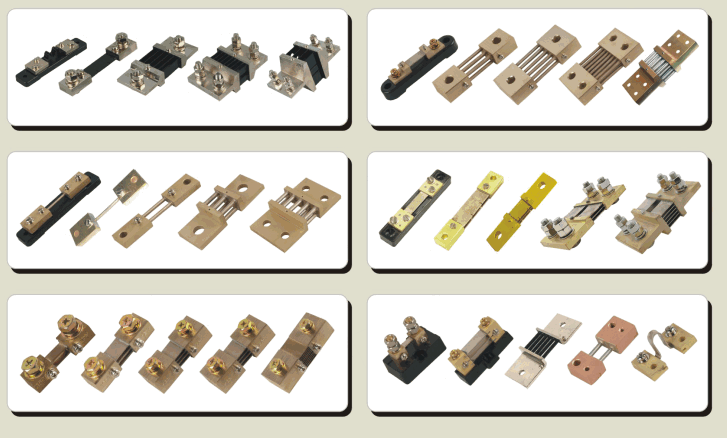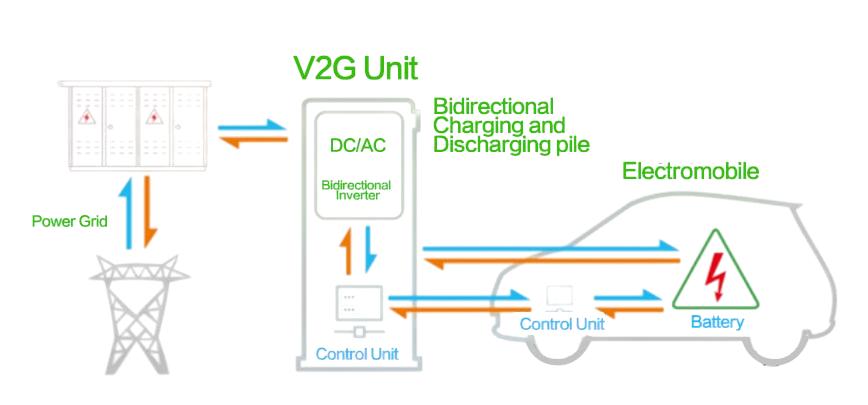Do you know the types of timer relays? This article will introduce timer relay types to you.
Timing relays are vital components in control systems that enable time-based control of circuits. They come in many types, each with specific features and technologies. Below, we’ll explore the different types of timing relays based on their functionality and technology.
Types of timer relays based on functions
Single Function Timing Relays: These relays are designed to perform a single timing function such as power-on delay (delayed power-on) or power-off delay (delayed power-off).
Multi-Function Timing Relays: These relays provide multiple timing functions in one device and can be flexibly used in control systems. Common functions include power-on delay, power-off delay, interval timing, etc.

Dual Delay Timing Relays: These relays provide two independent timing delays, usually adjustable, allowing for more complex timing sequences in control systems.
Power-Off Delay Timing Relay: A power-off delay timing relay is designed to provide a delay in turning off a load or circuit after the power supply is disconnected.
These relays are used to ensure that equipment or systems have sufficient time to safely shut down or complete a process before power is completely cut off.
Power-off delay relays are commonly used in applications where sudden power interruptions can cause damage or unsafe conditions if not managed properly.
Power-On Delay Timing Relay: A power-on delay timing relay is designed to provide a delay in turning on a load or circuit after the power supply is applied.
These relays are used to prevent immediate activation of equipment or systems when power is restored, allowing time for stabilization or initialization before normal operation begins.
Power-on delay relays are commonly used in applications where controlled start-up sequences are necessary to avoid voltage spikes, inrush currents, or other issues associated with immediate power-on.
Types of timer relays based on internal technology and operation principles
Mechanical Timing Relays: These relays use mechanical elements such as cams, gears, and springs to perform the timing function. They are reliable and durable but may have a limited timing range and require manual adjustment.
Electronic timing relays: Electronic timing relays use solid-state components such as transistors and integrated circuits to achieve precise timing control. They offer a wide range of timing options and are often programmable.
Digital Timing Relay: A digital timing relay is an electronic relay that utilizes a digital display and a microprocessor to achieve precise timing. They provide precise timing control and can store multiple timing presets.
Trigger Relay: A trigger relay is a special type of timing relay that responds to a specific trigger signal, such as a voltage level or pulse. They are commonly used in automation and control systems to trigger actions based on input conditions.
In summary, there are many types of timing relays, including single-function or multi-function types, distinguished by their timing capabilities. They can be mechanical, electronic or digital, with varying precision and functionality. Understanding the specific timing needs of a control system is critical to selecting the appropriate type of timing relay to ensure that the system operates efficiently and accurately.






